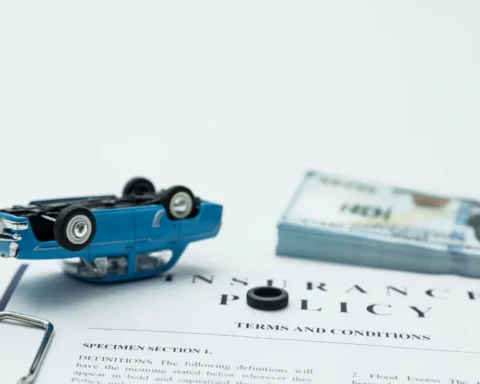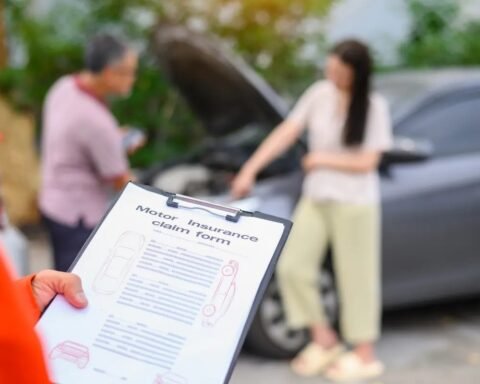Driving is a daily necessity for many, but the road is full of uncertainties. From minor fender-benders to major accidents, unexpected events can lead to financial stress. That’s where car insurance steps in — not just as a legal requirement, but as a vital safety net for every driver. Understanding how it works, what it covers, and how to choose the right policy can save you time, money, and future headaches.
The Basics of Car Insurance: A Simple Breakdown
Car insurance is essentially a contract between you and your insurance provider. You agree to pay a premium, and in return, the insurer promises to cover certain types of damages or losses. Policies typically include several components such as liability coverage, collision coverage, comprehensive coverage, personal injury protection, and uninsured motorist protection. Each serves a specific purpose and plays a key role in your financial protection on the road.
Types of Coverage: What’s Included in Your Policy
Understanding the types of car insurance coverage is crucial in deciding what suits your needs:
Liability Coverage covers damages you cause to other people’s property or injuries to others in an accident where you’re at fault.
Collision Coverage helps pay for repairs to your own car after an accident, regardless of who’s at fault.
Comprehensive Coverage protects you against non-collision-related incidents like theft, fire, natural disasters, or vandalism.
Personal Injury Protection (PIP) or Medical Payments Coverage covers medical expenses for you and your passengers after an accident.
Uninsured and Underinsured Motorist Coverage helps cover your costs if you’re hit by a driver who has little or no insurance.
Choosing the Right Policy: Factors to Consider
Not all insurance policies are created equal. When selecting coverage, consider factors like your vehicle’s value, your driving habits, where you live, and your budget. It’s also wise to compare quotes from multiple providers, review deductibles, and understand any policy exclusions. A cheaper premium might save money upfront but could lead to high out-of-pocket expenses later if coverage is inadequate.
Common Myths About Car Insurance Debunked
Many drivers are misled by common myths. Some believe that red cars cost more to insure — they don’t. Others assume their insurance covers everything — it likely doesn’t. It’s essential to read the fine print and clarify assumptions with your insurer to avoid unpleasant surprises when filing a claim.
How Premiums Are Calculated: What Affects Your Rate
Insurance premiums are based on a variety of factors including your age, driving record, location, the type of car you drive, and even your credit score. Safe drivers with a clean record generally enjoy lower premiums. Installing safety features and anti-theft devices can also reduce your rate.
Claims Process: What to Do After an Accident
If you’re involved in an accident, the first step is to ensure everyone’s safety. Then, document the scene, gather information from other parties, and notify your insurance provider as soon as possible. Filing a claim may involve submitting photos, police reports, and repair estimates. The sooner you act, the smoother the process.
Stay Protected, Stay Informed
Car insurance isn’t just a regulatory formality — it’s an essential part of responsible driving. The more you understand your policy, the better decisions you’ll make on and off the road. Taking time to review your coverage annually, staying updated with changes, and working with a reliable insurer can give you peace of mind no matter where the road leads.







